Cheongseokgul Cave (옥화1경 청석굴)
2.2Km 2025-02-04
12-16 Unam 3-gil, Miwon-myeon, Sangdang-gu, Cheongju-si, Chungcheongbuk-do
Cheongseokgul Cave is a natural cave where prehistoric humans lived, with artifacts from the Paleolithic era, such as choppers and chopping tools (hammers), points, and hand axes, discovered inside. The place stays cool even during hot summer, and is currently home to bats and golden-capped fruit bats. Nearby attractions are an artificial waterfall and a sky observatory with a valley in front of the cave available for water activities and kayaking.
Nangchugol Learning Park (낭추골 현장체험학습원)
5.6Km 2025-01-17
1890 Danjae-ro, Nangseong-myeon, Sangdang-gu, Cheongju-si, Chungcheongbuk-do
Nangchugol is a mountain village located in the eastern part of Cheongju, offering children the chance to observe and experience nature through play and a variety of activities. It boasts a goblin trail, four-season sledding options (grass sled, water sled, and snow sled), swimming pools, a nature learning center focusing on wild plants, valleys, and animals, a traditional game ground, an adventure playground, an insect experience center, and guided forest tours. Additionally, the village includes a campground for visitors.
Goesan Historic House of Song Byeong-il (괴산 송병일 고택)
7.3Km 2024-02-15
17 Cheongcheon 4-gil, Cheongcheon-myeon, Goesan-gun, Chungcheongbuk-do
This dwelling is a well-preserved example of a traditional Korean house built in the late 19th century, a relic from the era of the Joseon dynasty. It offers insight into the architectural design of the period as well as the domestic life of the Joseon aristocracy. The house also bears historical significance as the residence of the descendants of Uam Song Siyeol, a prominent Neo-Confucian scholar of the dynasty. The layout features distinct sarangchae (the men's quarter) and anchae (the women's quarter), with a gate and a storage facility for essential supplies situated between them. This set up offers visitors an authentic experience of the Joseon dynasty’s traditional household structures. Encircled by a tranquil forest, this old house transports visitors to a time long past..
Jwagusan Recreational Forest (좌구산 자연휴양림)
8.8Km 2025-10-23
107, Sotjeommal-gil, Jeungpyeong-gun, Chungcheongbuk-do
+82-43-835-4551
Jwagusan Recreational Forest sits at the foot of Jwagusan Mountain, Jeungpyeong. The mountain resembles a sitting turtle, which symbolizes happiness and longevity. The mountain is a perfect match with the recreational forest. The forest is the ideal choice for one-day tours as well, since visitors can enjoy various experiences at the Jwagusan Forest Meditation House, the Jwagusan Meditation Cloud Bridge, or the Jwagusan Observatory.
The Jwagusan Forest Meditation House runs forest therapy programs, guided forest tours, and forest programs for pre-school aged children, making it a perfect destination for families with kids. Additionally, mountain leisure sports can be enjoyed at the zipline, snow sledding slope, and Forest Adventure Facility. Nearby, Samgi Reservoir and Jwagusan Mountain add to the unique atmosphere on a misty day. Jwagusan Recreational Forest is a comprehensive recreational and tourist destination, offering various programs in connection with sites nearby, including the recreational village, Samgi Reservoir, mountain biking course, and hiking trails. You can enjoy cultural experiences, build physical and mental strength, and relax, all in one place.
Café Forecyan (카페 포레시안)
11.3Km 2024-02-23
643 Sanseong-ro, Sangdang-gu, Cheongju-si, Chungcheongbuk-do
Café Forecyan is located near the Sangdangsanseong Fortress, renowned for being a pleasant drive away. This spacious bakery-café is celebrated for its picturesque pond photo spot and captivating ice fountain during winter. Guests can indulge in a variety of delicious options such as coffee, yogurt, ice cream, tea, and child-friendly drinks. The menu also features a Fruits Party platter with 5-6 different fruits, sogeum baguette (salted baguette), fruits pie, and cake, all popular among visitors. The café is surrounded by a lush front yard filled with grass and flowers, and a serene backyard adorned with birch trees and hydrangeas, offering splendid views for a delightful visit.
Chojeong Haenggung (초정행궁)
12.1Km 2024-12-23
851 , Chojeongyaksu-ro, Cheongwon-gu, Cheongju-si, Chungcheongbuk-do
+82-43-270-7332
Chojeong Haenggung is a hanok stay and hanok experience center in Chojeong Culture Park, Cheongju, Chungcheongbuk-do. The house has a historic royal connection, as King Sejong stayed here for some months in 1444 while being treated for an eye problem. There are 12 guestrooms, all with an underfloor-heated ondol room and either a daecheongmaru (large wood-floored hall) or a numaru (raised wooden floor space). All rooms have a bathroom and toilet. Cooking is not possible, but there’s a microwave oven and kettle for preparation of instant meals. There are discounts for Cheongju residents.
Chojeongyaksu Mineral Spring (초정약수)
12.1Km 2022-07-29
Chojeong-ri, Cheongwon-gu, Cheongju-si, Chungcheongbuk-do
+82-43-201-2042
Located approximately 16 kilometers northeast of Cheongju City, Chojeongyaksu Mineral Spring is acknowledged as one of the three major mineral springs in the world. Chojeong Mineral Spring was discovered around 600 years ago and became nationally known ever since as the source of naturally carbonated water that has a piquant and cool taste. It is said that King Sejong (1397-1450, reign 1418-1450) visited the springs in 1444 and stayed here for 60 days to treat an eye infection. The daily yield of carbonated water here is 458 tons, which is used for producing natural soda drinks. There are presently two mineral water plant facilities in the area. The healing effects of Chojeongyaksu Mineral Spring are presumed to come from the abundant radium contained in the water, which is effective in treating eye infections and skin ailments.
Cheongju Sangdangsanseong Fortress (청주 상당산성)
12.2Km 2025-10-23
70 Seongnae-ro, Sangdang-gu, Cheongju-si, Chungcheongbuk-do
+82-43-201-0202
Sangdangsanseong Fortress in Cheongju, Chungcheongbuk-do is a fortress built along the natural slopes close to downtown Cheongju. It was comprehensively improved in 1596 (29th year of King Seonjo’s reign) during Imjinwaeran (Japanese invasion of Korea in 1592) and later remodeled into a stone fortress during the 42nd year of King Sukjong’s reign.
This 4.2km-long, 3-4m-tall fortress was built with stones of various sizes, earth and sand. The fortress has three gates, located in the east, west and south respectively. The three gates remain almost intact, and all still have their gate towers. The front gate in the south, named ‘Gongnammun Gate,’ is crescent-shaped while the East and West gates are square. The East and West Command Posts also stand within the confines of the fortress itself. This fortress was designated as Historic Site No. 212 in 1970. Additionally, visitors can sample Jujube Wine (Korean traditional wine) as well as a variety of local cuisine.
Cheongju Zoo (청주동물원)
13.4Km 2024-02-22
224 Myeongam-ro, Sangdang-gu, Cheongju-si, Chungcheongbuk-do
Cheongju Zoo houses mammals, birds, and reptiles as its main attractions, featuring iconic animals such as tigers, lions, elephants, giraffes, zebras, penguins, seals, and monkeys. Visitors can engage in animal classrooms to learn about the ecology and characteristics of various species. Guided tours by zookeepers offer insights into wildlife ecology and unique stories exclusive to Cheongju Zoo.
Lotte Mart - Sangdang Branch [Tax Refund Shop] (롯데마트 상당점)
13.6Km 2024-04-22
60, Yongambuk-ro 160beon-gil, Sangdang-gu, Cheongju-si, Chungcheongbuk-do
-

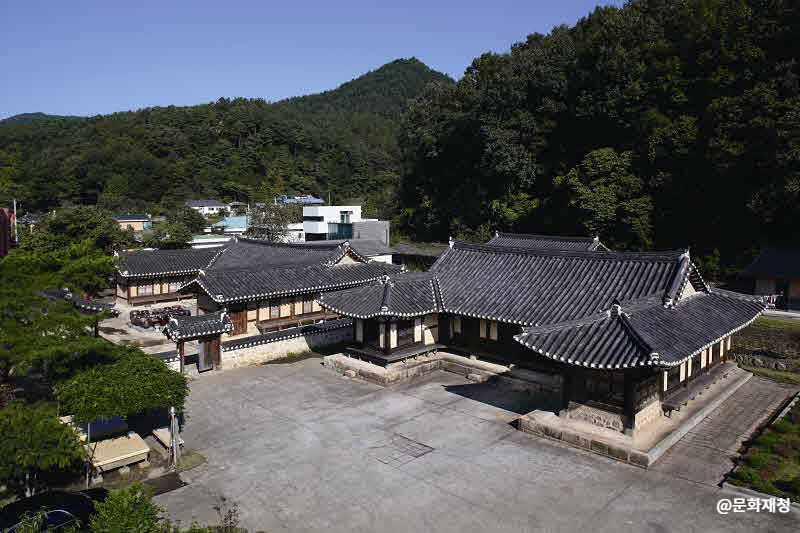
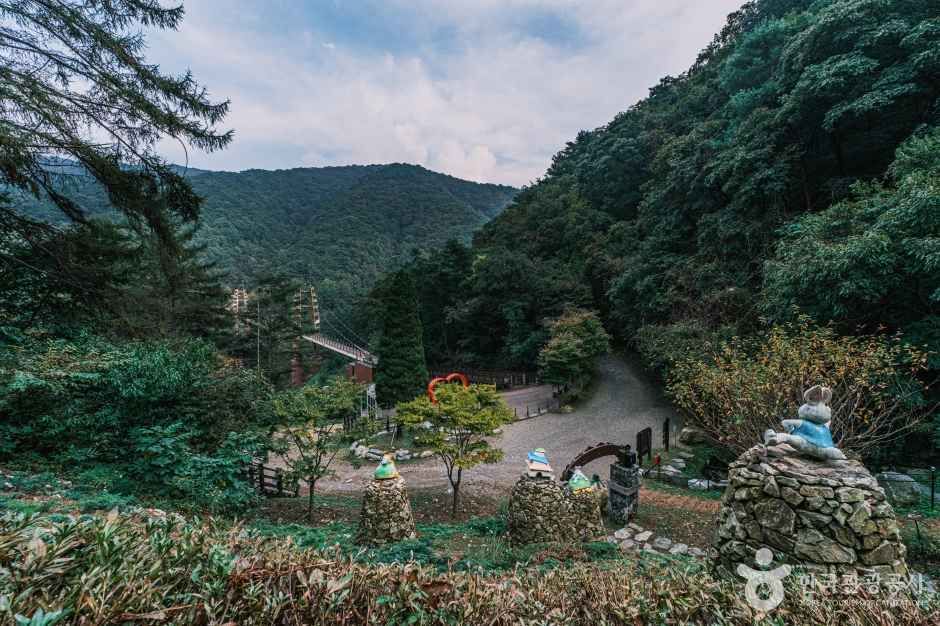
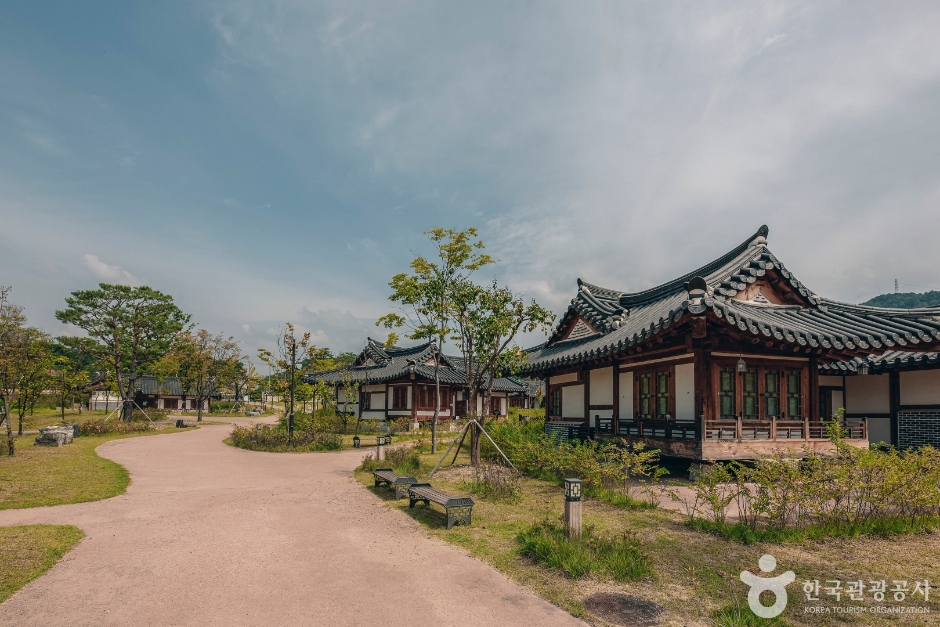
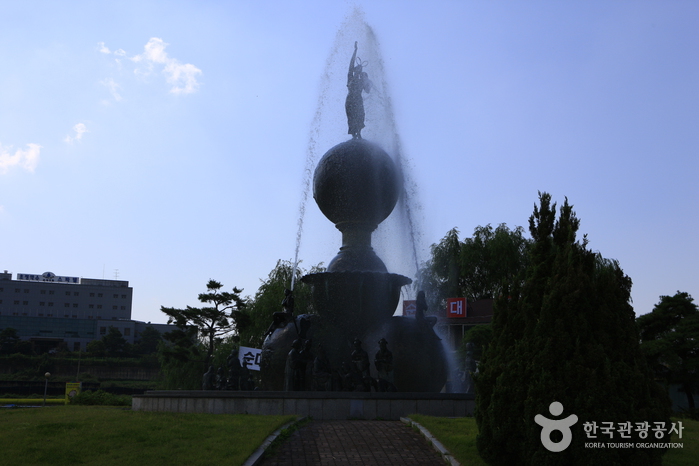
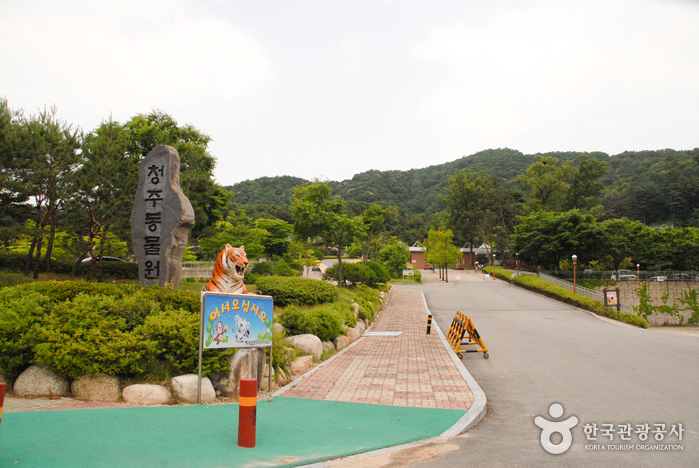
![Lotte Mart - Sangdang Branch [Tax Refund Shop] (롯데마트 상당점)](http://tong.visitkorea.or.kr/cms/resource/51/2883151_image2_1.jpg)
 English
English
 한국어
한국어 日本語
日本語 中文(简体)
中文(简体) Deutsch
Deutsch Français
Français Español
Español Русский
Русский